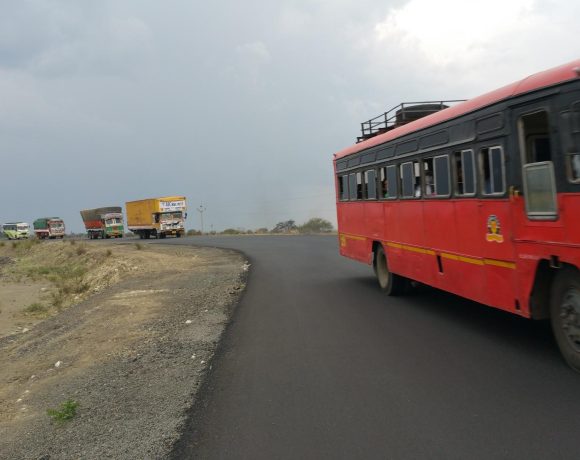
India Jammed Chinese Air Defences Used by Pakistan
In a remarkable display of electronic warfare and air superiority, the Indian Air Force successfully jammed and bypassed Chinese-supplied air defence systems used by Pakistan during Operation Sindoor. The mission, which ran from May 7 to 10, was launched in response to a deadly terror attack in Jammu and Kashmir’s Pahalgam region that claimed 26 civilian lives.
Operation Sindoor: Precision and Speed
Operation Sindoor marked a rapid and decisive retaliation. Within a span of just 23 minutes, the IAF struck nine terror camps across Pakistan and Pakistan-occupied Kashmir (PoK). The air strikes were surgical and aimed at crippling terror infrastructure without causing collateral damage.
The operation was meticulously planned, with key targets including terror hideouts, control centers, and strategic logistics points. The speed and coordination of the mission underscored India’s enhanced operational readiness and air force agility.
Jamming Pakistan’s Chinese Air Defence
One of the standout aspects of Operation Sindoor was India’s ability to neutralize advanced Chinese air defence systems—particularly the HQ-9 surface-to-air missile systems and PL-15-based radar architecture supplied to Pakistan. These systems, known for long-range engagement and multi-target tracking, were rendered ineffective through sophisticated jamming techniques employed by Indian electronic warfare units.
This ensured that the IAF strike formations flew undetected or unchallenged deep into enemy territory, successfully executing their objectives and returning without a single loss.
Indigenous Systems at the Forefront
India’s indigenous defense ecosystem played a vital role in both offensive and defensive phases of the operation. The Akash surface-to-air missile system, integrated with the Akashteer command-and-control system, provided cover against potential retaliatory strikes. Supporting units included the Pechora SAMs, OSA-AK missile platforms, and low-level air defense (LLAD) guns, all working in unison to shield Indian bases and intercept any aerial threats.
This operation was a live validation of India’s domestic technological capabilities in electronic warfare, command systems, and layered air defence.
Strategic Message to Adversaries
The success of Operation Sindoor sends a dual message: India’s counter-terror resolve remains uncompromising, and its technological edge in electronic warfare is potent enough to bypass even the most advanced foreign-supplied defence systems. The mission also highlighted the vulnerability of imported systems when up against tailored, indigenous EW capabilities.
India’s push for self-reliance under initiatives like ‘Atmanirbhar Bharat’ finds clear expression in the operation’s outcomes, reaffirming the strategic shift toward homegrown, high-tech defense frameworks.


















